Image Credit: TD Bank
Image Credit: TD Bank
Image Credit: TD Bank It still looks like a bank, but energy and water consumption are well below average.
Image Credit: TD Bank
Walgreens will apparently have the nation’s first net-zero energy drug store later this year, but the first net-zero energy bank is already up and running.
According to TD Bank, 12 months of monitoring shows that the solar arrays at one of their branches in Fort Lauderdale, Florida, produced 111,185 kWh of electricity, while the building consumed 106,814 kWh during the same period. The bank’s net surplus of 4,371 kWh was fed into the local electricity grid.
The bank branch opened in May 2011 with a LEED Platinum certification. The building is part of a broader effort by TD to open branch offices that meet green building standards. The bank said it has opened more than 100 stores and offices designed to meet LEED requirements, and that all 41 branches opened and relocated in 2012 are LEED designs.
The PV system is rated at 83 kW
At the Fort Lauderdale building, which claims to be the first net-zero energy bank built in the United States, the ground-mounted and roof-mounted PV arrays have a rated capacity of 82.7 kW, roughly 10 times the capacity of the average net-zero energy house.
A ground-mounted array next to the bank includes 244 PV modules. Another 90 modules are mounted on the drive-through roof, while 40 modules are mounted on the bank’s main roof.
In addition to the very substantial capacity of the PV system, the bank built in a variety of energy-saving features:
- Daylighting and daylighting controls that reduce electrical loads for lighting.
- Low-e glazing, shaded windows and increased insulation that reduce building energy consumption 40% below code, according to the bank.
- Drought tolerant landscaping and efficient plumbing fixtures that reduce water consumption by 40%.
- A 10-zone heating and cooling system.
The bank said it did not conduct a blower-door test on the building, so no one knows how airtight the building is. Details on R-values for roof and walls weren’t immediately available.
Weekly Newsletter
Get building science and energy efficiency advice, plus special offers, in your inbox.

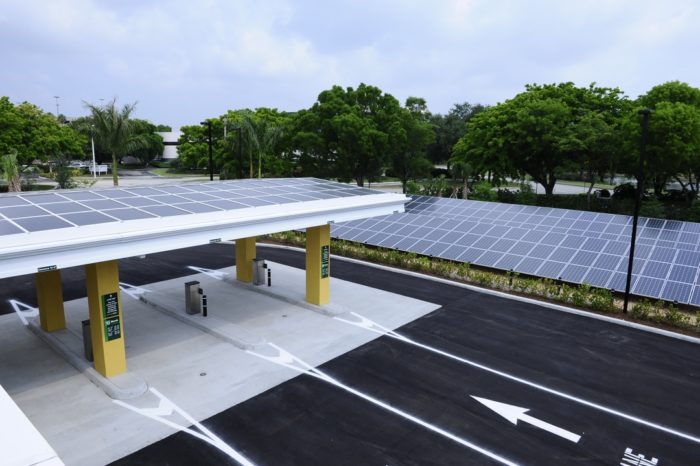




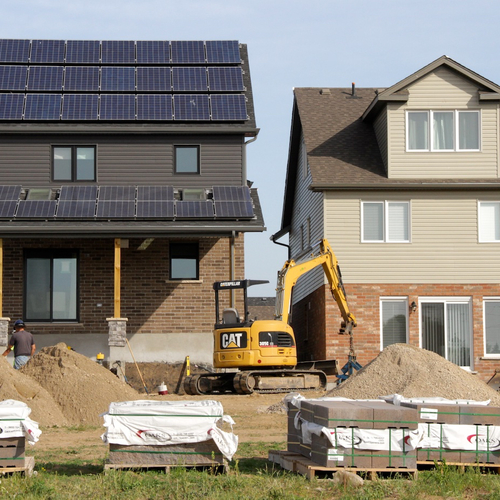
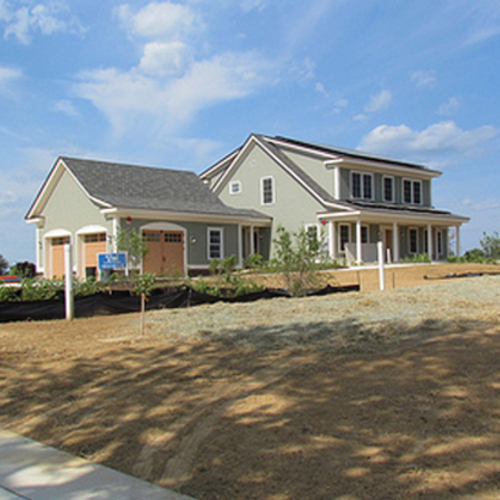
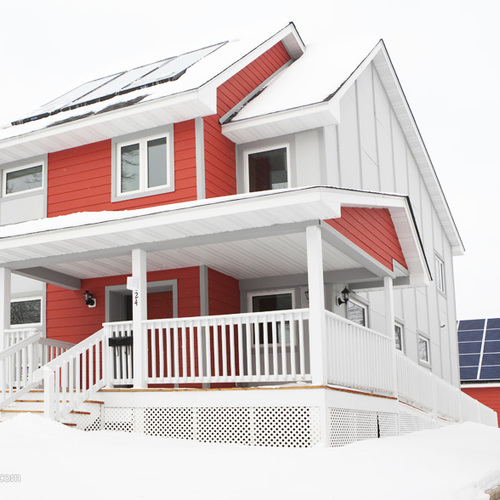
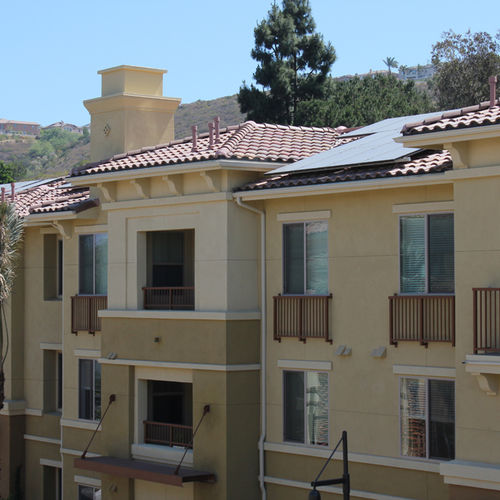






2 Comments
That's the brute force method, I suppose.
It would be interesting to compare the branch's actual kwh consumption to similarly situated and sized buildings.
I would love to learn whether all the LEED hoop-jumping bore actual fruit in the form of reduced consumption per square foot and per employee compared with similar buildings in similar climates.
A ten zone HVAC system sounds nifty, but it would be nice to know if employees are comfortable. It would be interesting to know what strategies were employed to regulate outdoor air intake and whether HRVs or ERVs are deployed.
I also would like details as to the lighting system beyond the remarks that daylight harvesting is in use. What artificial lighting is present...T8, T5, or solid state (LED) or some combination.
LEED projects have been criticized as to actual performance...I wonder how this one's annual 100,000+ kWh stacks up.
I share your skepticism, Curt
It's a LEED Platinum building, but no one bothered to conduct a blower-door test?
That tells you something about the designer, or the builder, or the LEED program -- or perhaps all three.
Log in or create an account to post a comment.
Sign up Log in